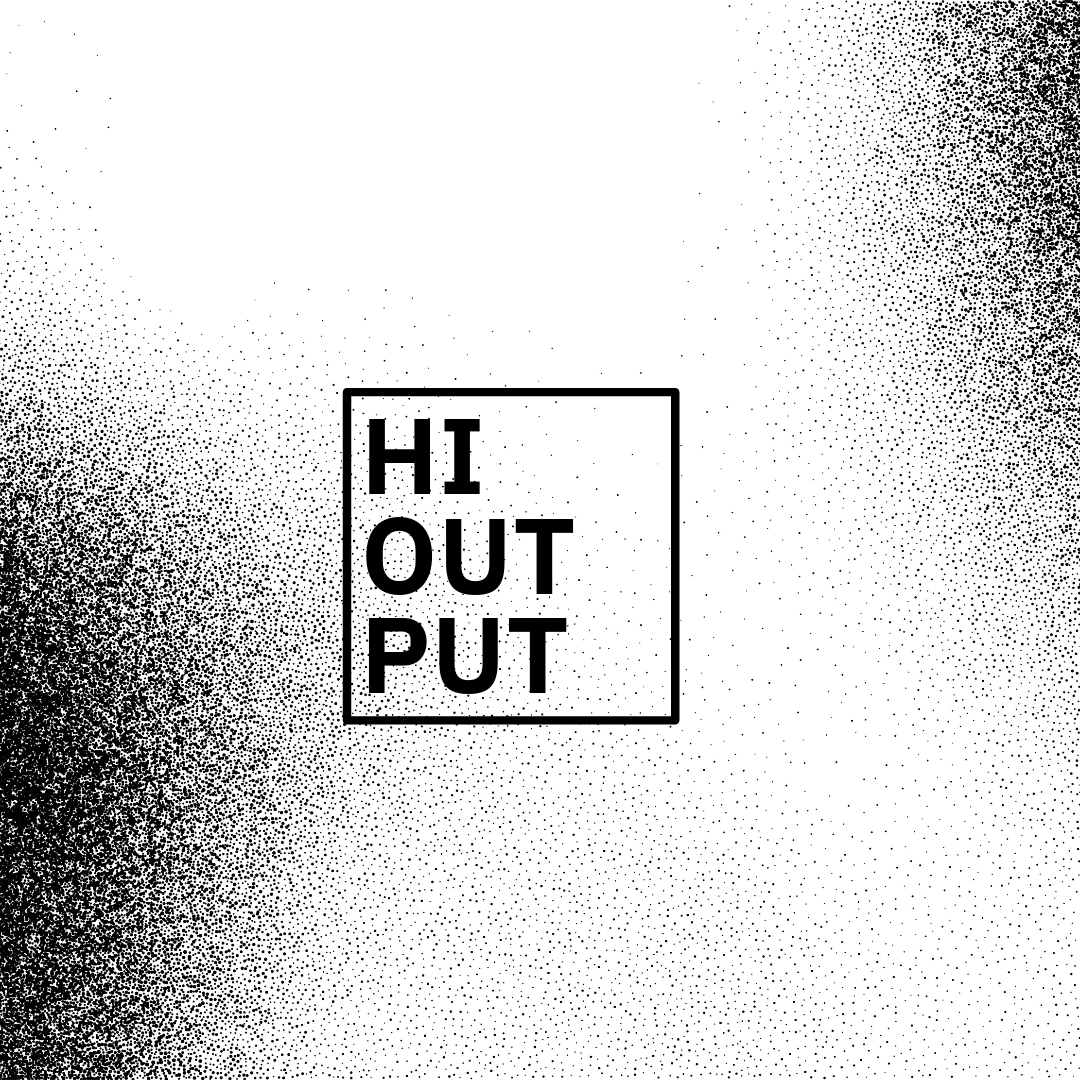As is obvious if you played a few rounds of Fortnite load out decisions can often dictate the outcomes of matches and one of the most important is what effective health items you choose to carry. Right now there are 26 different healing items in the game that players are forced to choose between when looking to complete their load outs and as is also clear early on some are better than others. This article will help to determine the best items to hold onto during the game so that you can increase your chances of success.
Components of Article:
- Analysis Background
- Overall Ranking
- Considering Unconventional Health Items
- One Level Deeper
- One Comment on Overshields
Analysis Background:
In order to derive the metrics that you will read about we sourced the foundational health data from two websites and supplemented with our own research to build our initial dataset. The foundational data points that we sourced were:
- Health per Item: The amount of effective health that one health item contains.
- Maximum Stack: The number of health items you can carry in a single load out slot.
- Time to Use: The rate at which health is replenished in seconds
- Health Cap: The maximum amount of health that can be replenished by the item (ie. not all items can be used to get back to 100% health)
We used these basic metrics to derive the following performance metrics:
- Total Carryable Health - Max Stack x Health per Item, how much in total you can refresh your health
- Health per Second - Health per Item / Time to Use, how quickly you can refresh your health.
- Added Time to Kill - The lesser of Total Carryable Health and Health Cap/ divided by 250 (or max health) * 2.84 or the average time to kill for all weapons. This is effectively how much time can this item provide if applied at any one time.
In order to evaluate performance, we are going to consider Health per Second (x axis) and Added Time to Kill (y axis) as the two primary metrics and Total Carryable Health (size of points) which becomes more valuable in team gameplay as a third. Collectively, using this analysis health items that provide a lot of Added time to kill in a short amount of time (ie. high Health per Second) will be the most valuable to carry, generally.
Overall Ranking: To orient readers Items in the upper right quadrant are best, simply because they can provide the player with high amounts of health quickly. health items that do the opposite (lower left quadrant) are less valuable. The remaining two quadrants are interesting in that they may be more or less useful considering the type of game you are playing in or what stage of the game you are playing in. For example, when playing squads the chug cannon may be useful because you can replenish the shields/health of a number of teammates (a lot of health, low speed) but this item may not be preferred over a flopper which can quickly provide one player a lot of health if there is not much time to waste (for example in the end game).

Takeaway #1: The shieldfish is the singular best health item to have in your loadout for late game due to its ability to replenish a meaningful amount of shield very quickly.
Takeaway #2: Fish are generally highly effective means of replenishing health.
Takeaway #3: Projectile health is highly useful, the chug cannon can provide the most health in the game and is shareable making it an attractive option in team gameplay, however, if playing alone or in the end game consider swapping this expensive (2 slots!) item for more practical chug splashes & fish.
Takeaway #4: When considering choosing between health items the trade offs are much smaller so you don't need to spend too much time over analyzing these decisions, (ie. small shield potion over meat).
Considering Unconventional Health Items: To take this analysis further let's first consider health restoring items that are not conventional pickup items (tents, kegs, and campfires):

Takeaway #1: Tents are the fastest way to recover effective health if depleted on health and 5x faster than campfires.
Takeaway #2: The average gun in Fortnite depletes 88 health per second, which exceeds these items ability to replenish by ~20x, meaning that these health items won't prevent you from dying if getting shot.
Going One Level Deeper: Let's now remove outliers and narrow in on more difficult tradeoffs. In order to evaluate items against each other, we need to establish that diagonal movement in the chart across the tradeoff boundary require us to tradeoff speed with total health impact. Vertical or horizontal movement are objective improvements (assuming all else is equal).

Takeaway #1: Corn, Bandages, and Zero Point Fish should be used very selectively because they take a considerably long time to use or have limited impact.
Takeaway #2: Cabbage and Medmist (when maxed out) are better than apples, peppers, mushrooms, coconuts, and bananas (which are all ranked the same).
Takeaway #3: Meat is an effective alternative if you don't have access to fish, potions, or medkits.
Takeaway #4: When choosing between small shield potions and medkits/large shield potions, the latter provides 0.6 seconds more of protection for 2s longer use time. In practice 50 health probably lasts a little longer so I would prefer these options if needing to make a tradeoff.
One comment on Overshields: I would be foolish to talk about health at length and not mention the impact of overshields which provide 50 effective health after they recharge. In order to allow this shield to recharge, players need to allow 6.5 seconds to elapse in order for the shield to regenerate. Using cover or running can often buy you 50 hp to help you continue the fight.
Conclusion:
Please use, provide feedback, and share your own thoughts via comment, hopefully this article gives you a tactical advantage over your Fortnite competitors.
Thanks for reading! If you liked what you read, check us out on Medium or continue reading the other articles at hioutputblog.com. As always feedback, questions, and content submissions are more than welcome at submissions@hioutputblog.com.
Ways the Analysis Could Be Improved:
1. Normalized x and y axis dimensions to enable performance quadrants to better fit performance.



![A Quantitative Approach to Weapon Selection in Fortnite [Part 2]](http://hioutputdata.com/cdn/shop/articles/ella-don-GVbd5btrqeA-unsplash.jpg?v=1659214800&width=5482)
![A Quantitative Approach To Weapon Selection in Fortnite [Refreshed for Chapter 3 Season 4: Paradise]](http://hioutputdata.com/cdn/shop/articles/fredrick-tendong-6ou8gWpS9ns-unsplash.jpg?v=1663982433&width=5184)
Leave a comment
All comments are moderated before being published.
This site is protected by hCaptcha and the hCaptcha Privacy Policy and Terms of Service apply.